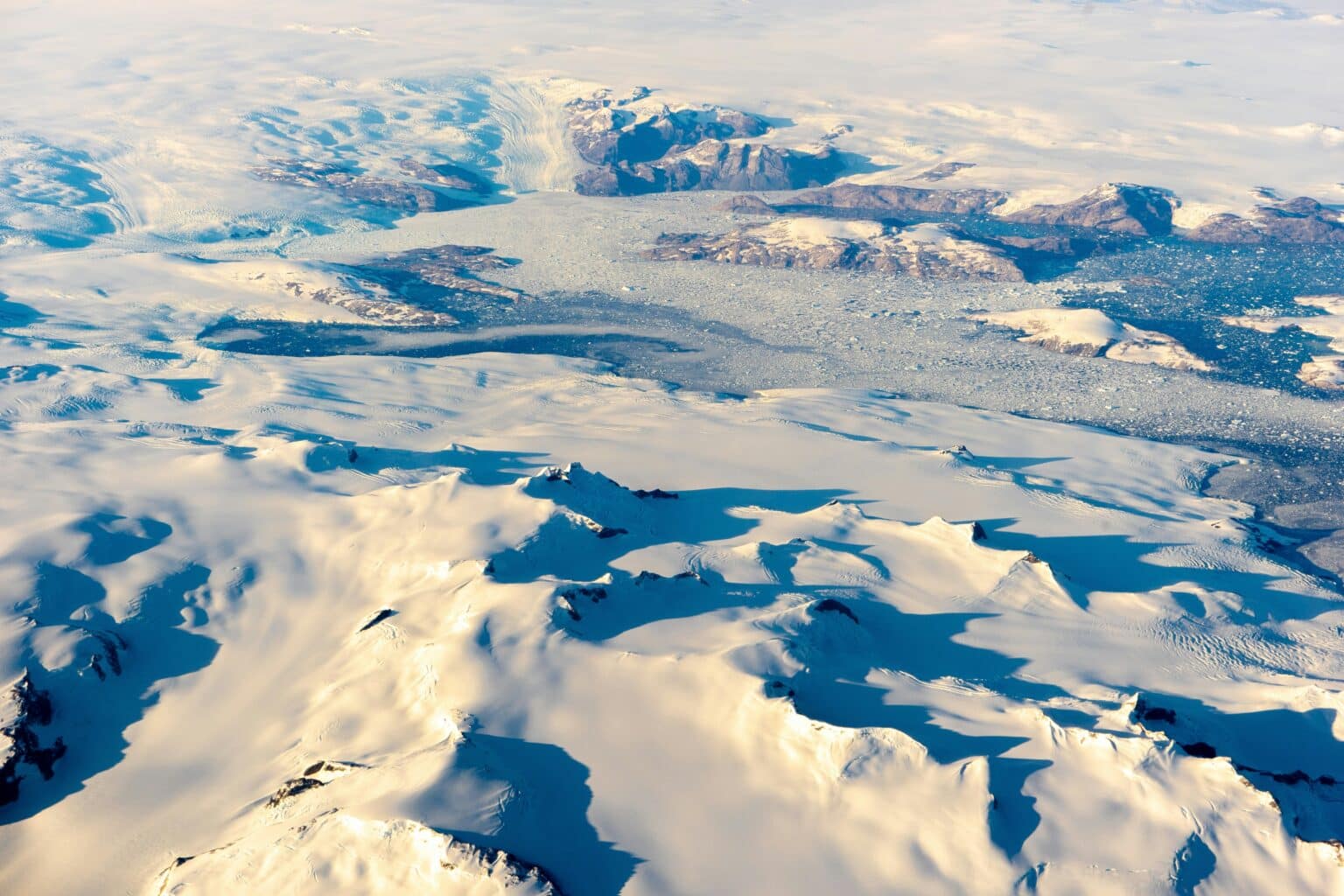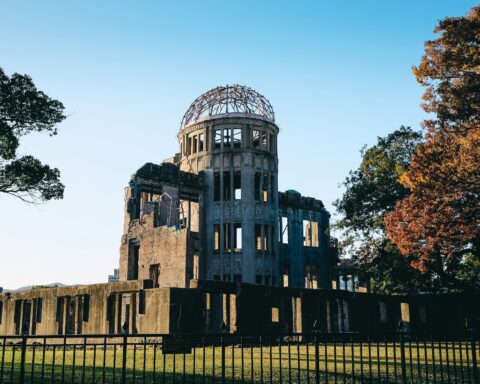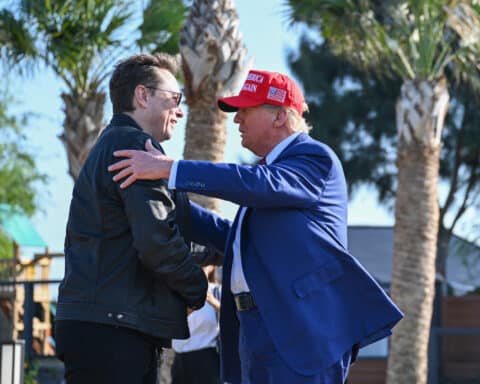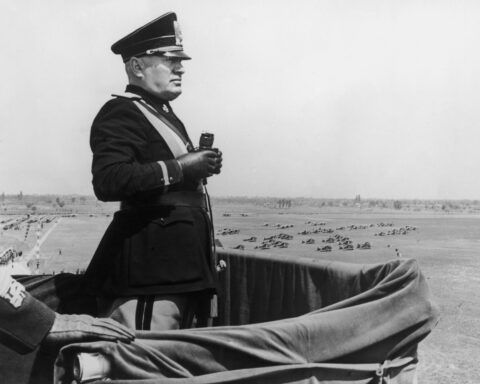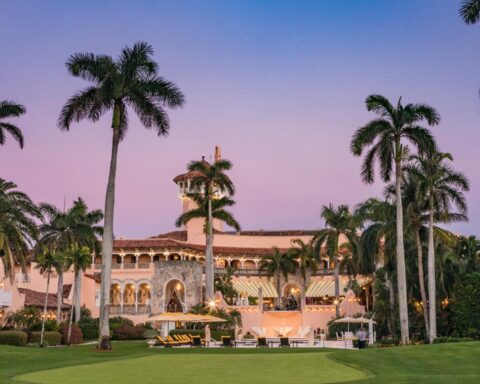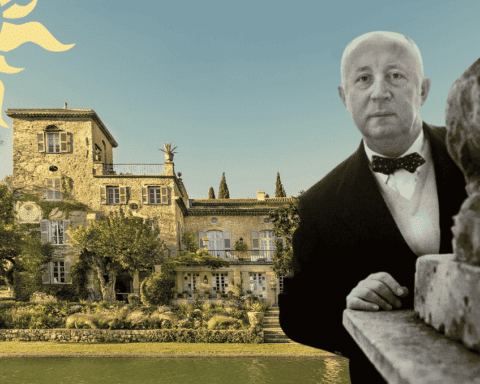With Donald Trump taking the oath of office on January 20, 2025, the threat of a U.S. annexation or takeover of Greenland has resurfaced. Is this the umpteenth provocation from the businessman back in office, or a genuine geostrategic ambition in line with the US policy inherited from the Cold War? Whatever the case, the world’s largest island is in fact under the Danish crown. It’s easy to see why Donald Trump’s “absolute necessity” to seize this territory – a priori inhospitable in the extreme – raises the threat of a conflict involving NATO, an organization of which the United States is a member – until further notice – as is Denmark.
Polar cold and repeated threats
Like a desire to extend its “living space” or rather its “Lebensraum”…
On January 7, at a press conference held under the neo-Moorish golds of his Mar-a-Lago hotel and headquarters, Donald Trump stunned the press and the international scene. That day, he did not rule out the use of force to seize Greenland, a land of barely 55,000 inhabitants long coveted by the United States.
The 47th president of the world’s leading economic power recalled that “for the sake of national security and freedom throughout the world, the United States believes that ownership and control of Greenland ‘ is ’an absolute necessity”.
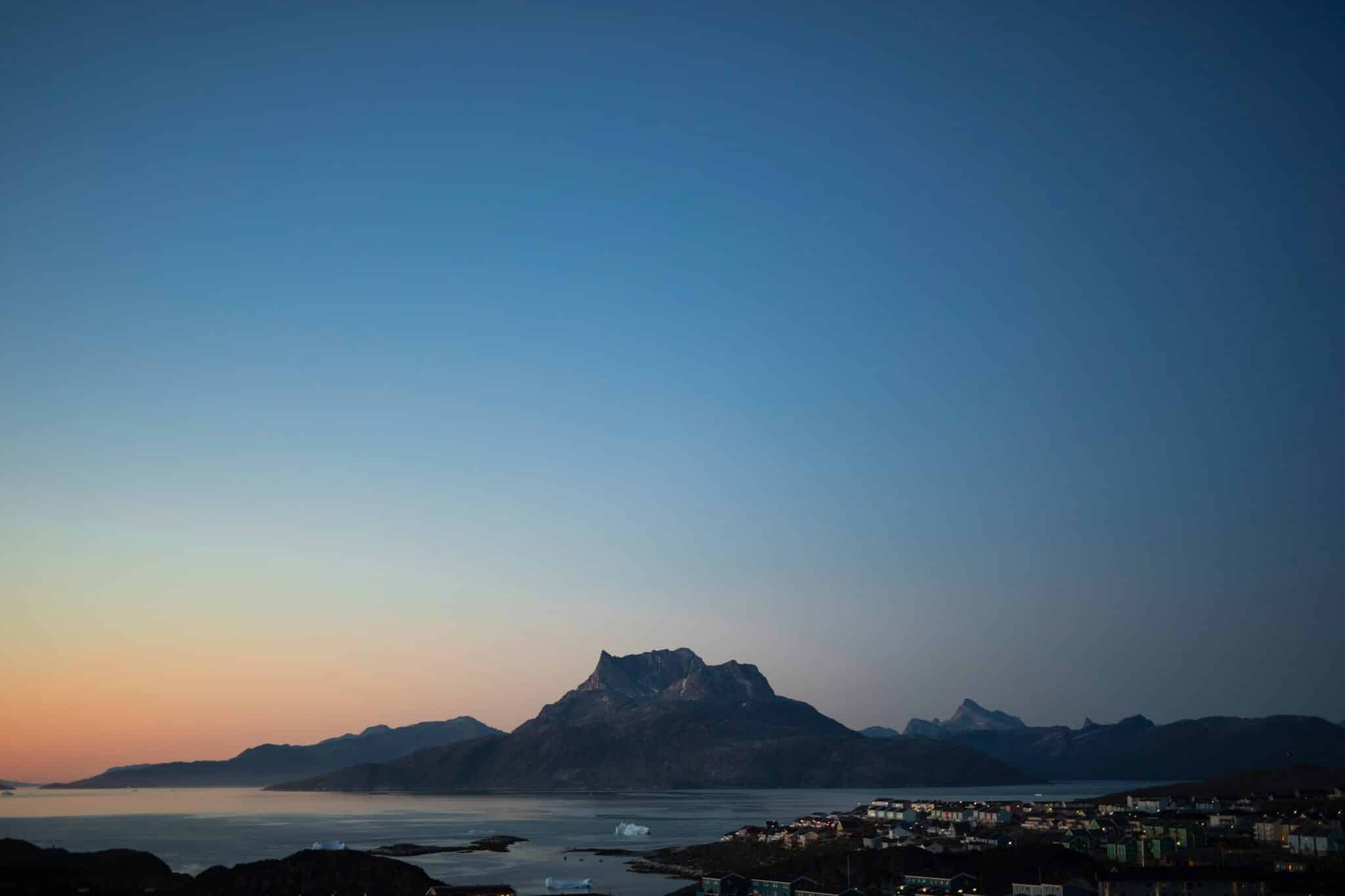
Already the day before, he declared on his own social network, Truth, “Greenland is an incredible place and its inhabitants, if and when they become part of our nation, will benefit enormously. MAKE GREENLAND GREAT AGAIN.”
This desire to buy the country on the part of the United States has already been expressed three times before being systematically rejected, in 1867, 1910 and 1947. Donald Trump himself first raised the idea during his first term as the 45th president. The United States’ penchant for transactional enlargement did not come out of nowhere: to reclaim Louisiana from France in 1803, Alaska from Russia in 1867 and the Virgin Islands from Denmark in 1917.
In mid-January, Donald Trump reportedly reiterated his threats, suggesting that he has no intention of abandoning this ambition.
A constituent state of the Kingdom of Denmark
Although Greenland is located in North America, it has been “a constituent state of the Kingdom of Denmark” since 1814, after having long been a colony of Norway. This status gives the country special powers over taxation, the economy, education and, since 2009, police and justice.
For its part, Copenhagen retains prerogatives in international relations, defense and security. By virtue of its special status, Greenland receives the equivalent of 500 million euros a year from the Kingdom of Denmark. This financial support would be called into question in the event of either annexation or a declaration of independence.
In other words, the businessman-president’s comments provoked a strong reaction from the Danish political scene. Prime Minister Mette Frederiksen was quick to point out that Greenland was “not for sale”. Greenland’s Prime Minister, Mute Egede, a member of the Inuit people and yet a supporter of independence, was quick to back her up.
In a furthersign of concern about Donald Trump’s ambitions for Greenland, the Danish monarch, Frederik X, revealed on January 1 a change to his coat of arms, officially due to the abdication a year ago of his mother Margrethe II, after a 52-year reign. Among the four parts that make up the royal coat of arms, the two possessions of the Kingdom of Denmark, Greenland and the Faroe Islands, are highlighted as never before. Greenland is represented by a polar bear.
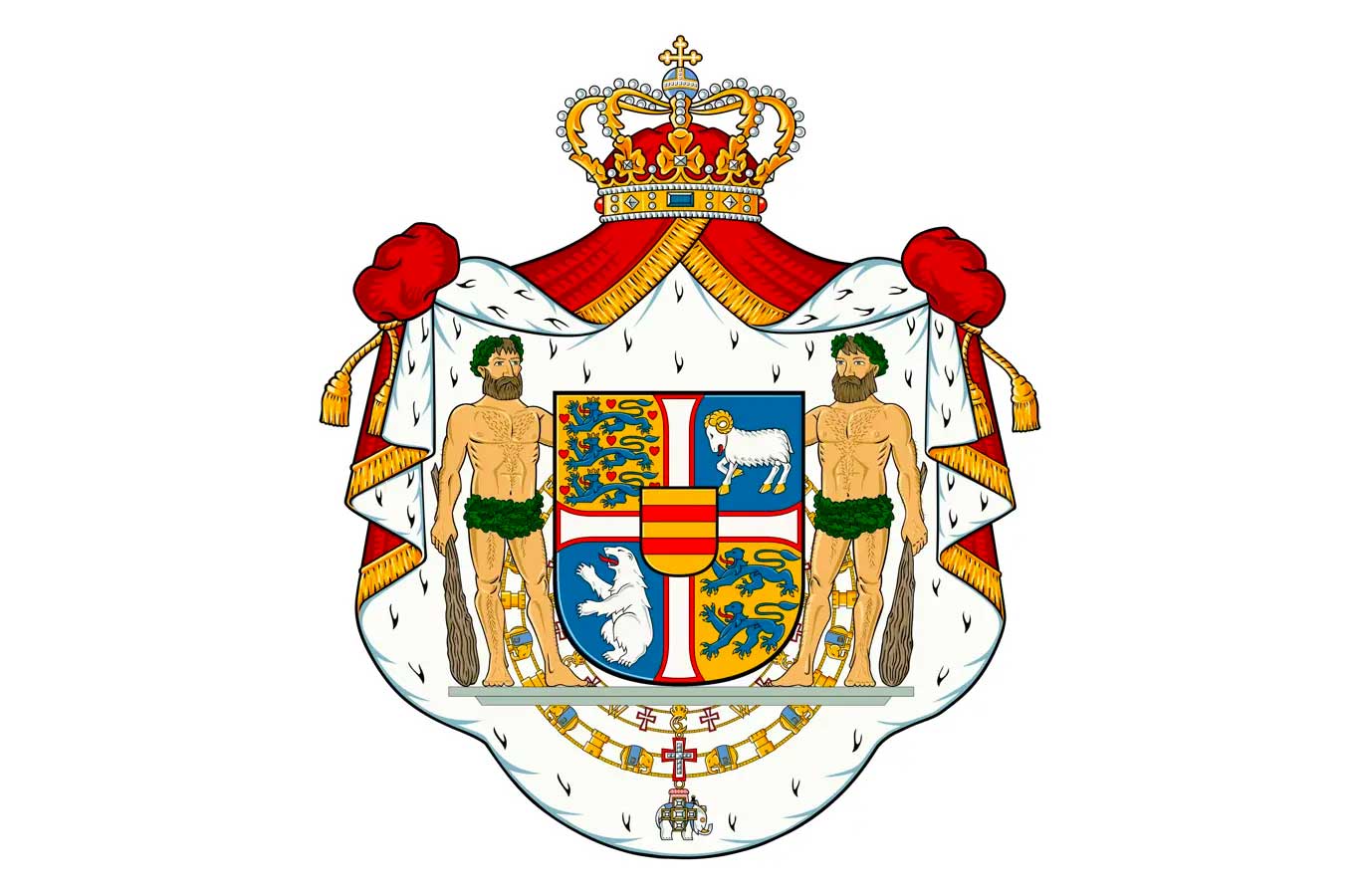
As Denmark is a member of the NATO Security Council, any military invasion of Greenland would trigger a war by the other member countries. Article 5, under which any attack on one or more of its members is considered an attack on all, could be triggered.
And as a member of the European Union, Denmark could also invokeArticle 42.7 of the Treaty on European Union. According to this “mutual defense clause”, if a member state is the object of armed aggression on its territory, “the other member states owe it aid and assistance by all the means in their power”. Greenland can also invoke this clause.
A deposit of rare resources
On the eve of the next president’spolemical address on the “absolute necessity” of reclaiming the ice-encircled country, his son Donald Trump Jr visited Nuuk, Greenland’s capital of over 18,000 souls. But officially, the Boeing 757-200 stamped with Trump’s name landed on the airport’s frozen tarmac to record a podcast.
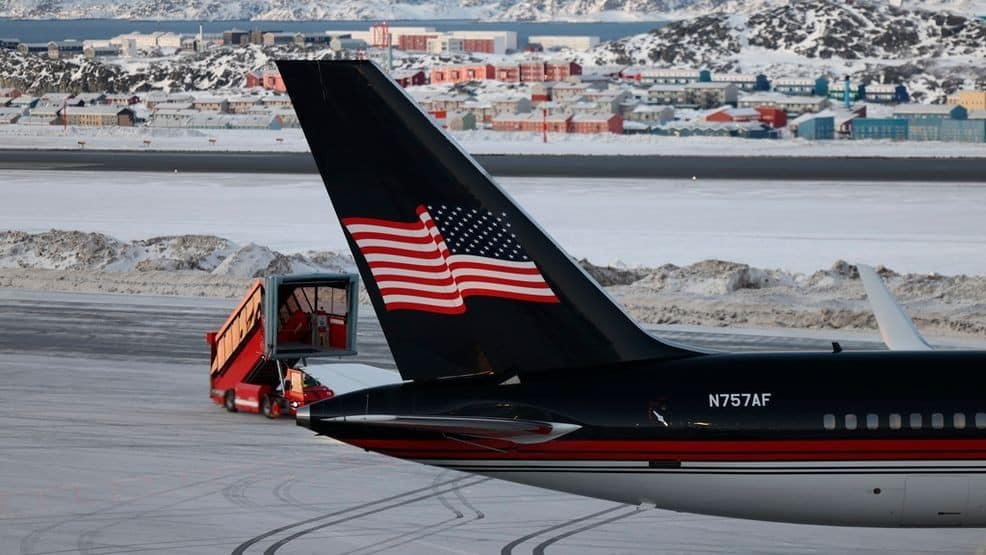
And yet, if the hyperboreal island of Greenland, four times the size of mainland France, is so attractive to the United States, it’s already because of its geostrategic dimension.
In 1953, the Americans set up an air base on the north-western tip of the island, at Qaanaaq (Thule).
But it is above all the richness of the island’s subsoil that attracts such covetousness. The island’s subsoil is said to contain 13% undiscovered oil and 30% undiscovered natural gas.
Finally, Greenland appears to be particularly rich in rare earths such as cobalt and nickel. These are crucial materials in the manufacture of cell phone batteries.
Not only the United States, but also China and Russia – also keen to take over the island – are betting on the opening up of new trade routes in a region that is warming twice as fast as anywhere else on the planet.
Not an isolated case
Greenland is just one of three major territorial conquests planned by Donald Trump.
In the same vein, the 47th President of the United States has mentioned his desire toannex Canada. Justin Trudeau’s administration rejected the idea, but his outcry also weakened its political landscape.
In an attempt to defend Canadian interests at all costs, Prime Minister Justin Trudeau tried to create a separate position for his former vice-president, Chrystia Freeland, thereby stripping her of her finance portfolio.
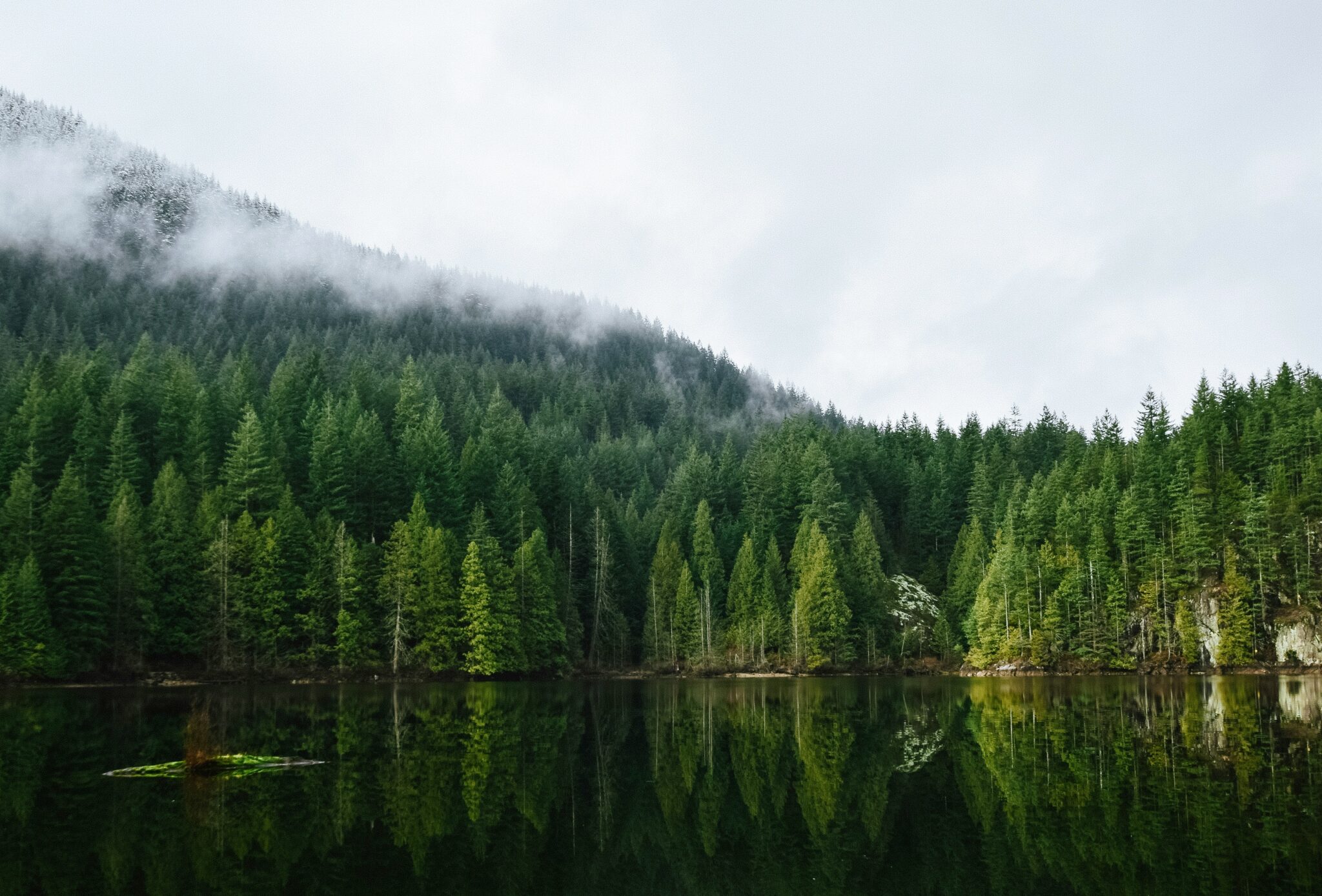
Perceiving this specialization as a demotion, Freeland resigned from the government on December 16. Embattled within his own party after nine years in power, and under pressure from Donald Trump’s serious threat of Canada becoming the “51st state”, Justin Trudeau finally had no choice but to announce his resignation on January 6.
Faced with the threat of a Trump tax on Canadian exports, Ottawa said it was ready to retaliate with similar tariffs.
Such a trade conflict between the two nations would be likely to worsen Canada’s economic situation. Indeed, an analysis by Scotiabank shows thattense relations with the United States could lead to a drop of over 5% in Canadian GDP, a significant rise in unemployment and inflation in excess of 4.1%.
But the billionaire president’s appetite doesn’t stop there. He has also indicated an interest in the Panama Canal, whose infrastructure belongs to China…
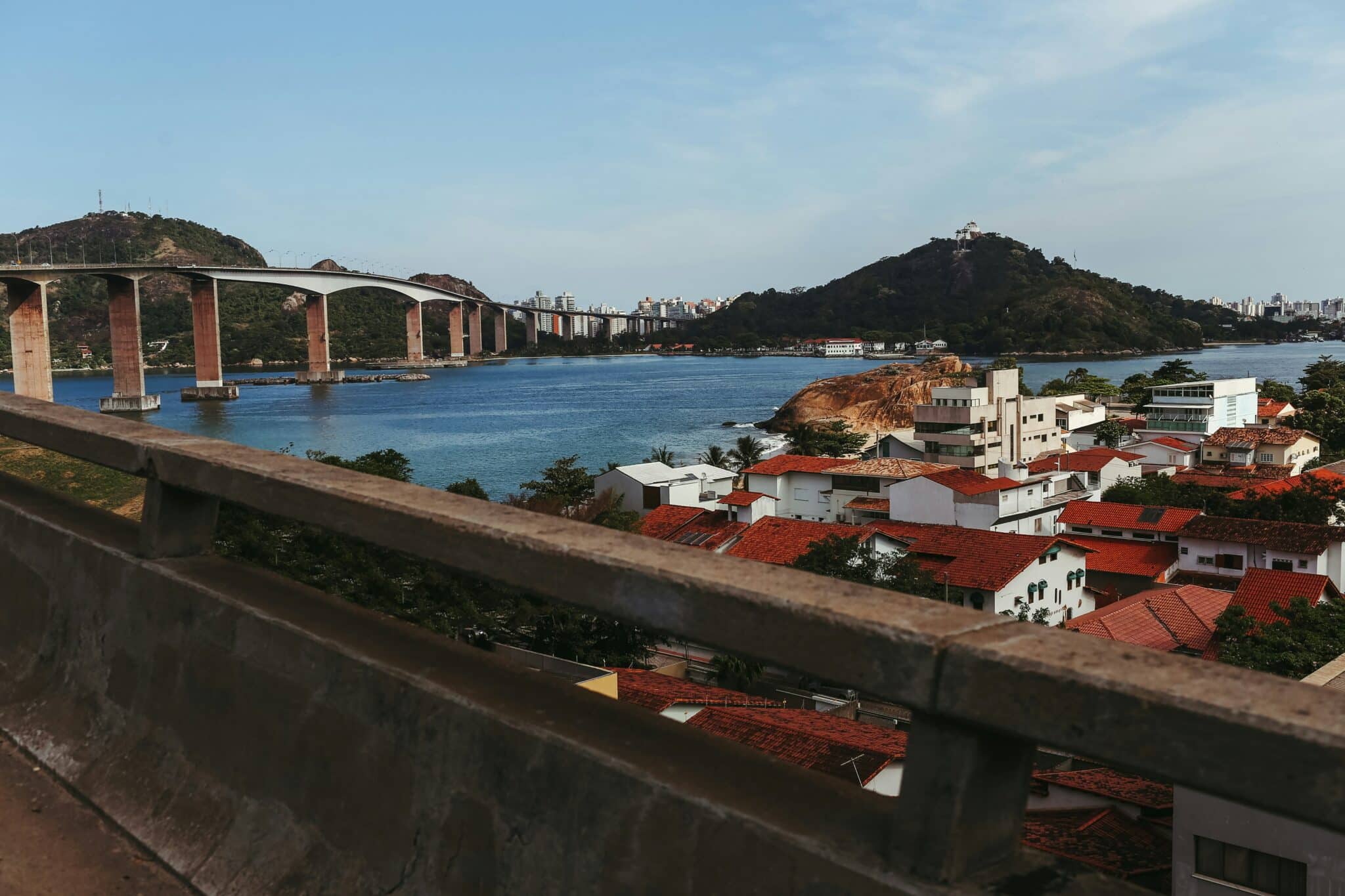
As a reward for Panama’s support in its bid for independence from Colombia, the United States concluded a treaty under which it obtained a monopoly on the construction and management of the canal, as well as the right to ensure its security , and a 10-mile wide zone around the canal in perpetuity. Finally, in two bilateral treaties signed in 1977 by President Jimmy Carter, the United States handed over management of the canal to Panama. The Central American country relinquished management of the canal on December 31, 1999. Donald Trump called this “a terrible mistake ‘, reminding us that ’it was Panama’s job to manage it, not China’s or anyone else’s”.
However, on January 7, Panama’s Minister of Foreign Affairs, Javier Martinez-Acha, warned Donald Trump: “The president, José Raúl Mulino, has already declared that the sovereignty of our canal is non-negotiable”. The minister insisted that this strategic maritime axis was “an irreversible conquest”.
During his inauguration speech, the new US president once again complained about the tolls that American container ships have to pay to cross the canal, and confirmed his desire to reclaim it. In the face of his thinly veiled threatsagainst the “enemies of the United States ‘ and Panama’s ’betrayal”, there is every reason to believe that both China and Panama will not remain indifferent.
Read also > [Luxus Magazine] These billionaires have seen their fortunes rise with the re-election of Donald Trump
Featured photo: Jason Krieger/Unsplash




